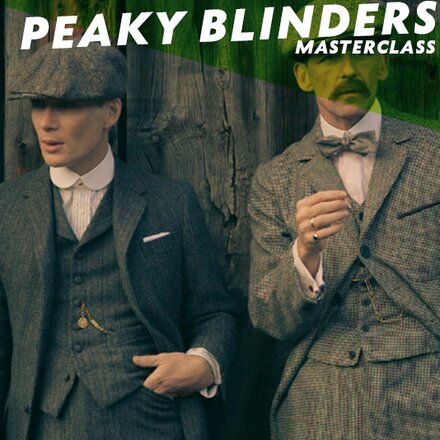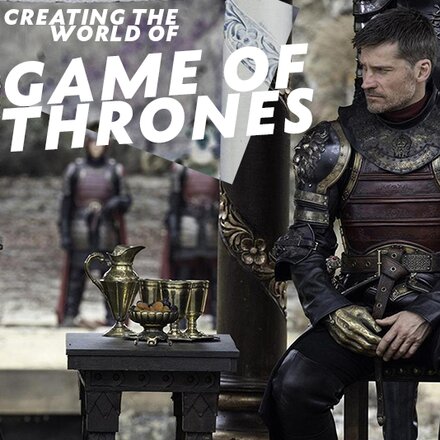Words by Ben Falk
How long did it take between deciding to become a costume designer and actually doing it for a living?
I never really intended to be a costume designer. I didn’t study for it and I didn’t assist. But I’m able-handed, so I could make things. I got elbowed in that direction. So it happened at the same time. It was less deciding to become a costume designer, than deciding to focus on what I was good at and to let go of other things I felt like doing.
What kind of jobs did you do before you were able to make a living at it?
I started out in art departments a little bit, but I always ended up sewing drapes. I wanted to paint backdrops. I had friends who were performers and they were like, ‘you can make stuff, so make us something to wear.’ I taught myself by dismantling clothes and having a look at the weird shapes that clothes are. Because I could make things and paint things, there was always something I could make or paint for a couple of hundred quid. I hand-painted 1000 T-shirts and sold them. Everything I did was around adornment.
"You need to be driven by your imagination and a hunger to create things."
So it was complementary?
Everything was transferable. Through that I learnt about fabric painting and dyes and textiles. I love textiles – wherever I end up in the world, I’ll find their textile museum. I virtually palpitate when I walk into an antique textile fair.
How did you balance the day job with pursuing this other career?
It involves a hell of a lot of work for nothing. It’s one thing working for a big rich corporation for nothing, which I didn’t tend to do, but working on small films, student films, films by people I knew that they were putting together for nothing. I emerged from a world of people who would just get up and do it.
Were there times you thought it wouldn’t work out? How did you keep going?
I had stamina. To manage in this job, you need an enormous amount of stamina because the hours are very long and those are the paid hours. You need a slightly obsessive mind, always churning things over, thinking how you can make something better. You need to be driven by your imagination and a hunger to create things. The costume designers I know, the ones who do well and work regularly in period, tend to be driven rather than ambitious.
"Follow where and what you're driven to do. You need to root around and find where your talent is."
Looking back, is there anything you would have done differently to help get where you are?
I used to do a lot of things on my own, I was a one-person department. And I realise in retrospect I could have asked for help. I might have got some extra sleep in 1992, but I’m not going to worry too much about that now! I’m glad for the way I did things because I had a lot of very varied experiences and I was able to find the area that fit me well. But that’s because I didn’t say no to anything.
So what advice would you give to someone starting out now?
Follow where and what you’re driven to do. You need to root around and find where your talent is. Some people don’t manage well under stress and it’s extremely stressful. As a designer you’re responsible to the budget, or if someone in your team messes up, you take responsibility for everything. We always have to do it fast. You have all the time in the world and then you get the leading actress two days before we shoot her on five or six different story days.
Did you enjoy shooting Fleming?
Fleming was a great experience for me, despite the fact we were knee deep in snow in Budapest. The workers’ skills there were phenomenal.
And dressing Ian Fleming on-screen means you’re ready for Bond.
No thank you. It’s a franchise, it has a look, it has expectations. Of course I could do it…
Caroline Harris, currently in Puerto Rico shooting new NBC pirate show Crossbones and best known for her work on projects as diverse as TV’s Endeavour and Red Riding and films like 42 and Mr Nice. This month, her skills can be seen in Sky Atlantic’s biographical mini-series starring Dominic Cooper about the man who created James Bond, Fleming.





